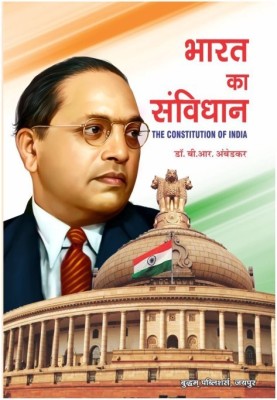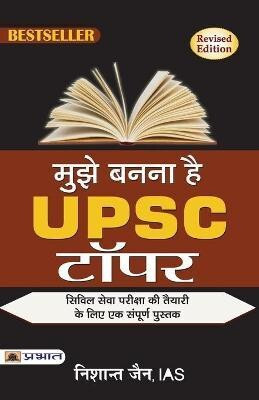
Share
Akbar the Great (Hardcover, Dr. Rajeev Vats)
Be the first to Review this product
₹433
₹599
27% off
Available offers
T&C
T&C
T&C
T&C
Delivery
Check
Enter pincode
Delivery by1 May, Thursday|Free₹40
?
View Details
Highlights
- Binding: Hardcover
- Publisher: R. Sons Books
- Genre: Biography
- ISBN: 9789391523855
- Edition: 1, 2023
- Pages: 264
Services
- Cash on Delivery available?
Seller
Description
Jalaluddin Mohammad Akbar (October 15, 1542 – October 27, 1605) was the third Mughal Emperor of India. He was of Timurid descent; the son of Humayun, and the grandson of Babur who founded the dynasty. At the end of his reign in 1605 the Mughal empire covered most of Northern India. Akbar, widely considered the greatest of the Mughal emperors, was thirteen years old when he ascended the throne in Delhi, following the death of his father Humayun. During his reign, he eliminated military threats from the Pashtun descendants of Sher Shah Suri, and at the Second Battle of Panipat he defeated the Hindu king Hemu. It took him nearly two more decades to consolidate his power and bring parts of northern and central India into his realm. The emperor solidified his rule by pursuing diplomacy with the powerful Rajput caste, and by admitting Rajput princesses in his harem. The most momentous events of 1562 were Akbar’s marriage to a Rajput princess, daughter of Raja Bharmal of Amber, and the conquest of Merta in Rajasthan. The marriage led to a firm alliance between the Mughals and the Rajputs. Akbar’s empire supported vibrant intellectual and cultural life. The large imperial library included books in Hindi, Persian, Greek, Kashmiri, English, and Arabic, such as the Shahnameh, Bhagavata Purana and the Bible. Akbar regularly sponsored debates and dialogues among religious and intellectual figures with differing views, and he welcomed Jesuit missionaries from Goa to his court. Akbar directed the creation of the Hamzanama, an artistic masterpiece that included 1400 large paintings. This book places this subject in its most modern context as the foundation of this subject.
Read More
Specifications
| Publication Year |
|
Manufacturing, Packaging and Import Info
Have doubts regarding this product?
Safe and Secure Payments.Easy returns.100% Authentic products.
Back to top




